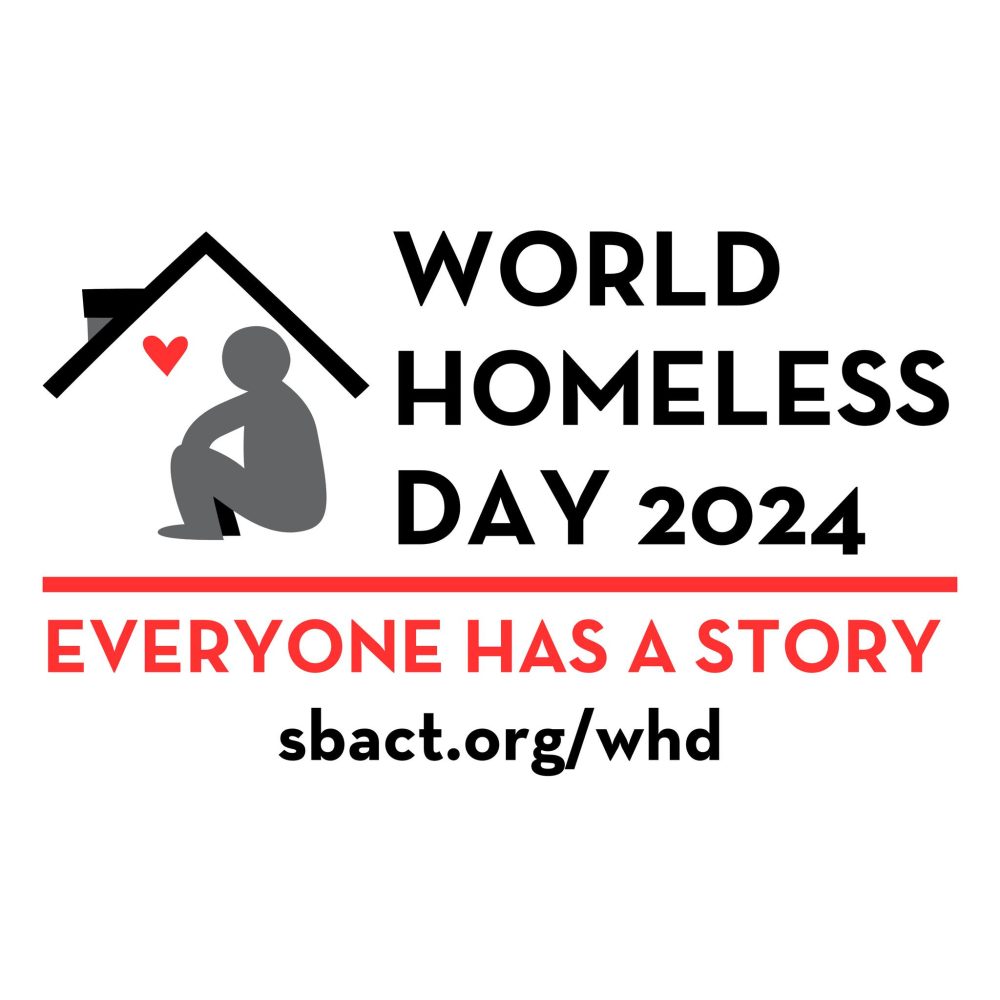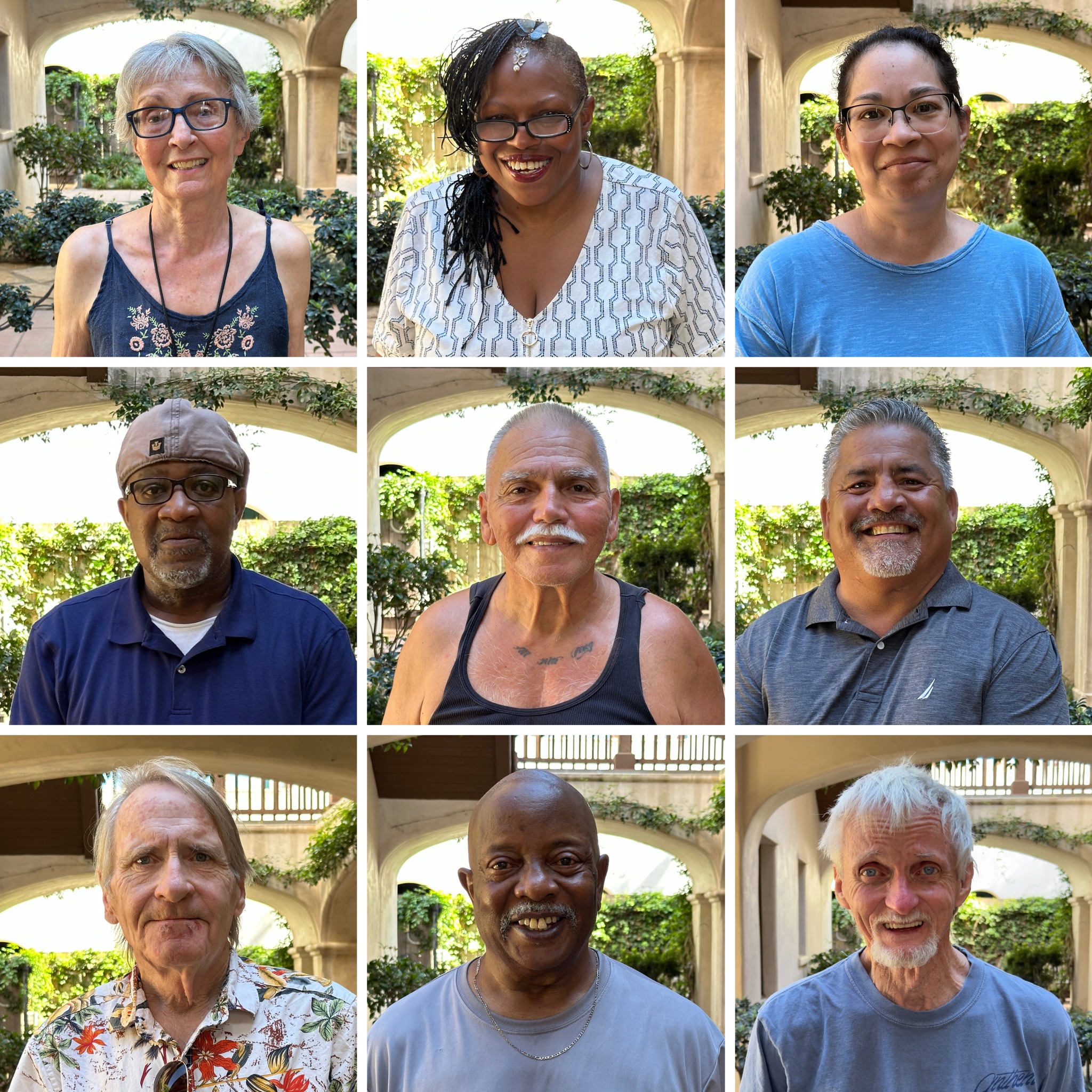
Written by Goleta’s Homelessness Services Coordinator Chuck Flacks
World Homeless Day is on October 10, 2024. This annual day of recognition is a great time to stop and reflect on the persistence of a problem that plagues a growing number of communities.
How Can You Honor World Homeless Day? This year, the Santa Barbara Alliance for Community Transformation (SBACT), Goleta’s partner agency in implementing its Homelessness Strategic Plan, is honoring World Homeless Day by airing a series of videos from people who have experienced homelessness. The videos will be available to stream at www.sbact.org/whd and on Facebook/Instagram at @sbactnow. SBACT will also host a panel discussion on Homelessness: It’s Not What You Think to help people dispel the myths that many people have about homelessness and the people who experience it. The panel will be on Thursday, October 10 at 5:30 p.m. on Zoom. To register please visit www.sbact.org/whd.
What does Homelessness Look Like in Goleta?
Housing affordability has become a national issue with high rents across Santa Barbara County. With a majority of renters experiencing a high burden, it is likely that homelessness will increase in the near future.
Some facts include:
- Average number of people experiencing homelessness is about 200
- Each month an average of 8 people experiencing homelessness find housing
- Each month, about 8 new people are identified as homeless
- Currently, for residents of Goleta experiencing homelessness:
- 56 are in shelters
- 28 are in vehicles
- 87 are in encampments
- A recent census of people living in vehicles found 136 people; however, only 28 consider themselves homeless.
World Homelessness Day is a chance to remember that we hold many myths about homelessness that are not true and keep getting debunked. Homelessness is a housing problem. While many people experiencing homelessness have mental health issues or problems with alcohol and drugs, so do many people who are housed. (Places like West Virginia have a much higher percentage of people with substance problems, and they have almost no homelessness). There is no evidence that these problems cause homelessness. While many people on the street might say that they “prefer” to be homeless, all of our experiences show that when someone is offered a home that they can afford, they take it. And, we have learned that the vast majority of people who are homeless were housed, at some point in the past, in the community where they are living. The people on the streets are our neighbors, and often they are our daughters, sons, friends, or even co-workers.
Thank you for taking time out to think about Homelessness in our community.



